July 5, 2013
Arup hailed for positive example of employee ownership scheme
Arup Global Chairman, Philip Dilley has said that the firm’s employee ownership ethos has played a major part in attracting and motivating staff and high levels of employee engagement. His comments followed a visit by Vince Cable, Secretary of State for Business, Innovation and Skills (BIS), and Minister for Employment Relations, Jo Swinson, to Arup HQ this week as part of a series of activities to celebrate Employee Ownership Day across the UK. The Government’s scheme has had a rough ride, with critics branding it “company shares for employment rights”. Although this has resulted in some major changes to the scheme, Cable maintains it is a positive alternative to traditional shareholder capitalism which had led to the “persistent problem” of short-term planning. More →






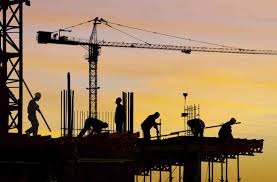


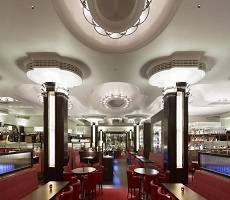
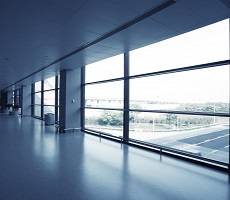
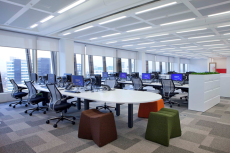

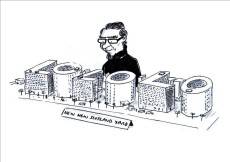






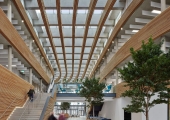
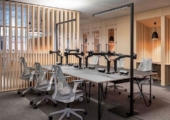


May 30, 2013
UK public sector leading the way in procurement and sustainable building
by Paul Statham • Comment, Facilities management, Public Sector, Technology
Nottingham City Council’s Loxley Building
Over the last few years, the UK Government has grown increasingly interested in finding ways of making its £30 billion property portfolio more efficient. Both the last Labour government and the current Coalition administration have been driven by the opportunities offered them with the advent of new technology, new ways of working and new procurement models. They’ve pursued these issues to cut costs by reducing and changing the way property is designed and managed but have also found how that can also help to establish best practice in sustainable building. What is increasingly apparent, especially given recent news from the Major Projects Authority about cost savings in procurement is that the public sector is now leading the way as models of good practice.
More →